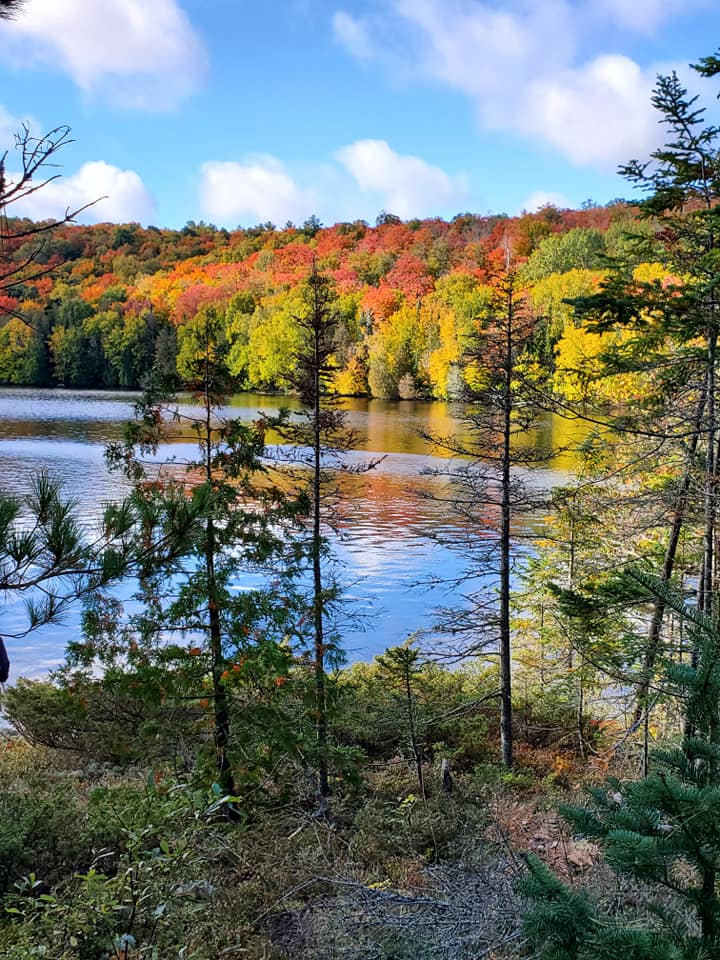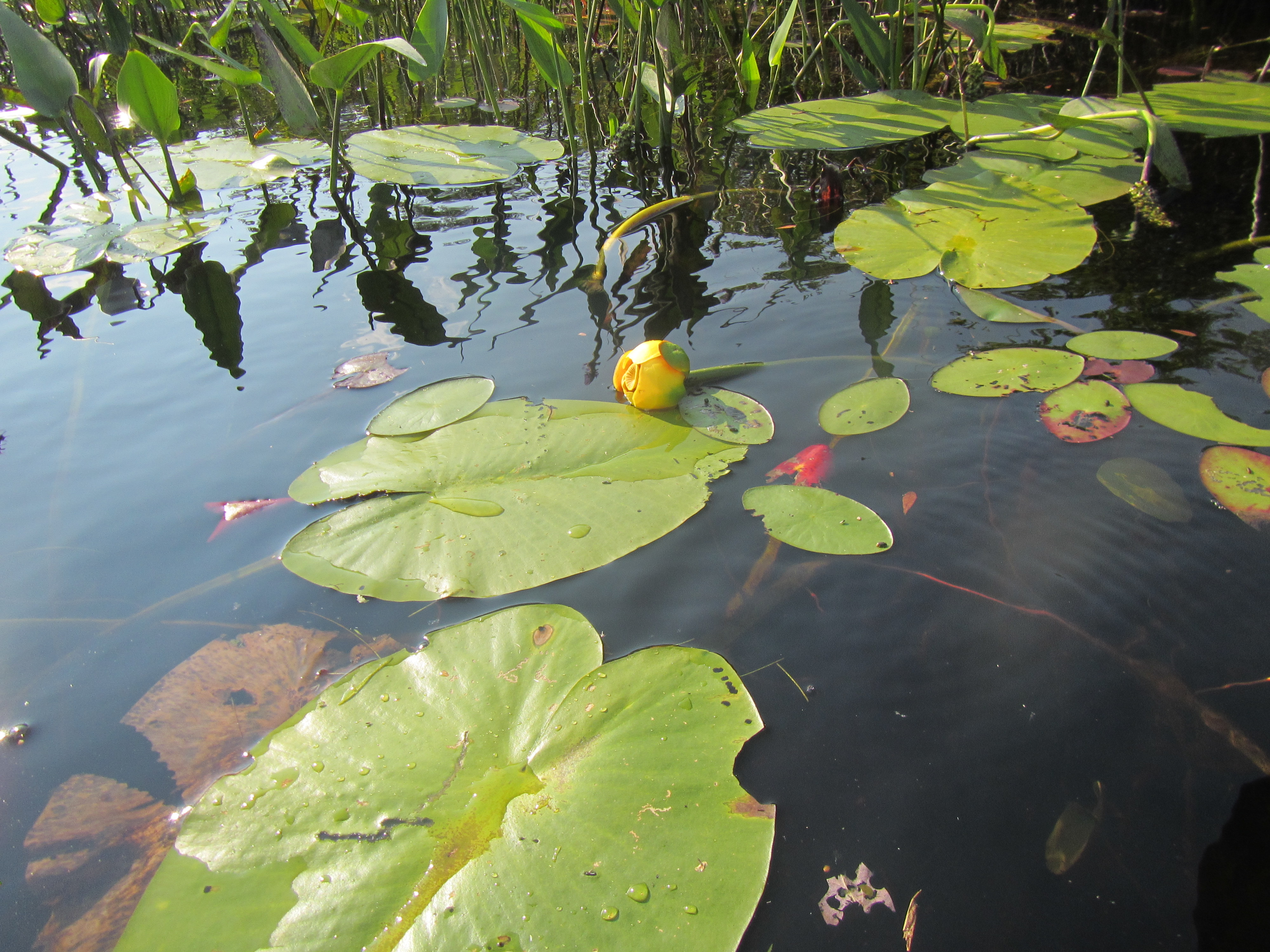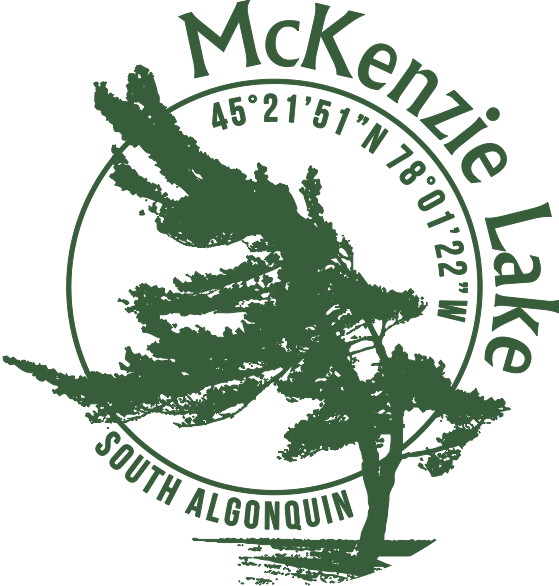Lake Concerns and Impacting Factors
There are certain activities that impact the valued features of the lake. Often a single event, or a combination of small events, can be sustained without a significant impairment of a lake value or feature. However, the cumulative impact of ongoing activities can have a negative result or the creation of a situation that becomes intolerable to lake users. The ability of a lake to sustain many small impacts is known as its carrying capacity.
“Carrying capacity refers to the maximum number of development or recreational activities that can be sustained by a given social, natural or physical element before its quality diminishes. The threshold limit is the maximum number of impacts that a certain value can sustain.”
Sometimes, a single event or action will not impact a lake value, but it may take repetitions of these “single events or actions” for any impacts to be noticeable. For example, the removal of one tree may not result in any detectable impacts, but the removal of many trees could result in loss of habitat, affect the natural beauty of a shoreline, or cause erosion. Impacts include anything that results in a negative change of a lake value. Impacts on McKenzie Lake can be generally grouped under the headings of land development, shoreline changes, water quality and natural habitats.
These impacts are briefly summarized in the following section, and details of the impacts are provided throughout the report.

- Construction Practices
- Sensitive Lands
- Septic Systems
- Increased Population
- Landscaping

- Removal of vegatation
- Littoral Destruction
- Docks/Boathouses
- Landscaping

- Septic Systems
- Climate Change
- Pollution
- Invasive Species
- Population usage

- Forestry and Logging
- Invasive Species
- Human intervention
- Pollution (noise, light, etc.)
- Boating (wakes, etc.)
8.3.1 - Land Development
- Construction Practices – During construction, significant damage to the lake’s natural, social and physical features can occur unless proper care is taken. The removal of vegetation and topsoil can result in erosion. Sand and silt from construction sites can be washed into a lake during rainstorms or along improperly designed, or protected, drainage channels and land gradients. Unstable banks can collapse into a watercourse, and silting and sedimentation can result in increased turbidity, which has the potential to affect the entire lake food chain.
- Sensitive Lands - Hazard lands and environmentally sensitive lands consist of wetlands, stream valleys, floodplains and steeply sloped areas. Development in these areas requires additional caution during construction. Therefore, development applications and building permits must receive intensive scrutiny to avoid adverse impact on wildlife and fish habitat, as well as to prevent inappropriate structures. By- law requirements in these areas should be more stringent than for normal development.
- Septic Systems - Improper construction and maintenance of septic systems can result in the release of nutrients and bacteria into the lake. Released nutrients, such as phosphorous, increase plant growth reduce dissolved oxygen over a period of time. High levels of certain bacteria can have a serious affect on public health.
- Increased Population - Along with development comes an increase in residential, recreational and commercial activities, and the potential corresponding increase in their harmful effects on the lake and community: including increased sewage, noise and light pollution; intensive traffic, boating and fishing; and possible adverse changes to the shoreline and littoral zone.
- Landscaping - Different views are held on what constitutes attractive landscaping. Unfortunately, urban landscaping, which normally requires the replacement of natural vegetation with cultivated lawns and ornamental plantings, is not suitable on shoreline lands as described below in “Shoreline Changes”. Fertilizers, herbicides, and pesticides used on lakeside property have an increased potential to be transported into the water, harming water quality. Nutrients from fertilizers stimulate the growth of aquatic plants and algae, and when aquatic plants die and decompose, dissolved oxygen is consumed and the oxygen available to fish, especially cold water fish, is diminished. At present, off-site migration of fertilizers is not thoroughly understood and studies are in progress.
- Destruction of Littoral Zone - The littoral zone is the lake area from the water’s edge to where light no longer penetrates to the bottom. Ninety percent (90%) of the species in a lake either live in or pass through this zone, since it offers areas to forage, breed and for protection against predators for young fish and amphibians. Aquatic plants, logs, downed trees, and submerged rocks are crucial parts of the ecosystem, and their removal is destructive to its various ecological functions. For example, creating a sand beach smothers spawning areas, buries amphibian eggs, covers vegetation, and fills in hiding spots; all negative impacts which ripple through the food chain with a deleterious effect on aquatic life.
8.3.2 - Shoreline Changes
- Removal of Shoreline Vegetation – Removal of shoreline vegetation adversely affects the natural shoreline, which is ultimately desired for scenic beauty. In addition, the elimination of vegetation roots takes away the holding action on the shoreline and causes erosion, which produces silting and, eventually, the destruction of fish habitat. The removal of trees destroys their shading capability in the water, which is needed to maintain cooler water temperatures for fish in shallow waters. A naturally vegetated shoreline filters nutrients and sedimentation and this action disappears with its removal.
- Destruction of Littoral Zone – The littoral zone is the lake area from the water’s edge to where light no longer penetrates to the bottom. Ninety percent (90%) of the species in a lake either live in or pass through this zone, since it offers areas to forage, breed and for protection against predators for young fish and amphibians. Aquatic plants, logs, downed trees, and submerged rocks are crucial parts of the ecosystem, and their removal is destructive to its various ecological functions. For example, creating a sand beach smothers spawning areas, buries amphibian eggs, covers vegetation, and fills in hiding spots; all negative impacts which ripple through the food chain with a deleterious effect on aquatic life.
- Docks and Boathouses – Construction of a dock can impact both fish habitat and scenic values. Depending on the time of construction, location and design, docks can impact fish spawning, interfere with navigation, and disrupt the lakebed. Floating docks are the least disruptive option on submerged lands; pipe or pile docks are preferred in areas with aquatic vegetation, as they permit sunlight to penetrate; and crib and concrete pier docks are the least desirable because of increased disruption to the lakebed. In addition to the impact caused by a dock, a boathouse has a detrimental effect on the natural beauty of the lake’s shoreline. It disrupts the normal line of sight along a shoreline and, depending on its dimensions, architectural features, and maintenance, can be an eyesore. Many lakes will not allow boathouses to be constructed and, those that do should have stringent controls over dimensions and percentage of developed shoreline.
- Landscaping - Different views are held on what constitutes attractive landscaping. Unfortunately, urban landscaping, which normally requires the replacement of natural vegetation with cultivated lawns and ornamental plantings, is not suitable on shoreline lands as described below in “Shoreline Changes”. Fertilizers, herbicides, and pesticides used on lakeside property have an increased potential to be transported into the water, harming water quality. Nutrients from fertilizers stimulate the growth of aquatic plants and algae, and when aquatic plants die and decompose, dissolved oxygen is consumed and the oxygen available to fish, especially cold water fish, is diminished. At present, off-site migration of fertilizers is not thoroughly understood and studies are in progress.
8.3.3 - Water Quality
- Septic Systems - Improper construction and maintenance of septic systems can result in the release of nutrients and bacteria into the lake. Released nutrients, such as phosphorous, increase plant growth reduce dissolved oxygen over a period of time. High levels of certain bacteria can have a serious effect on public health.
- Climate Change - Climate change, brownification (i.e. increase DOC) and changes to hydrology may result in conditions conducive to the proliferation of nuisance and harmful algal blooms. Increased overall annual water temperatures can affect spawning and lake trout species,
- Pollution -
- Noise Pollution – Noise from traffic and powerboats, and the concentration of noise from other activities, can interfere with enjoyment of the serenity of the lake.
- Light Pollution – Residential properties which are lit at all times during the night may be needed for safety and security reasons, it interferes with the view of starlit skies, creates a distraction for those wishing to experience surroundings that are true to nature, and may impact the behaviour activities of nocturnal animals.
- Air Pollution – Air contaminants from heating and other sources (forest fires have been a recent concern) can be troublesome to those wishing to escape the sources of airborne pollutants by seeking refuge on the lake.
- Invasive Species - Most commonly from boats arriving from other water bodies, invasive species can be introduced to the water, landscape or even wildlife.
- Population Usage - This is a general term for many different aspects.
- Waterfront property ownership or 'high use occupance' - Along with development comes an increase in residential, recreational and commercial activities, and the potential corresponding increase in their harmful effects on the lake and community: including increased sewage, noise and light pollution; intensive traffic, boating and fishing; and possible adverse changes to the shoreline and littoral zone. High use occupance might include rental properties which tend to have high levels of activity longer than a typical single family cottage use might present.
- Noise – High-speed passage or “racing” of powerboats increases noise levels carried across the lake due to the fact that sound travels very well over water.
- Personal watercraft – Are particularly at the top of resident’s concerns since they are noisy, operated at high speeds, and are often powered by two-stroke engines.
8.3.4 - Natural Habitats
- Forestry and Logging - Surrounding McKenzie Lake is significant amounts of crown land, which is largely managed by Bancroft-Minden Forestry Company (BMFCI). The forest management plans involve regular monitoring and logging of the various 'blocks' surrounding the lake based on silviculture practices and growth statistics. Care of sensitive lands, water bodies, private properties and recreational activities, along with road access issues are at the top of the list.
- Invasive Species - Most commonly from boats arriving from other water bodies, invasive species can be introduced to the water, landscape or even wildlife.
- Human Intervention - Human intervention could be intentional or unintentional. Observed concerns around McKenzie Lake include but are not limited to:
- Modification of beaver dams or habitat
- Trail erosion or overuse by motorized vehicles (or straying from the trail)
- Shoreline modifications or modifications within the buffer zone
- Pollution -
- Noise Pollution – Noise from traffic and powerboats, and the concentration of noise from other activities, can interfere with enjoyment of the serenity of the lake.
- Light Pollution – Residential properties which are lit at all times during the night may be needed for safety and security reasons, it interferes with the view of starlit skies, creates a distraction for those wishing to experience surroundings that are true to nature, and may impact the behaviour activities of nocturnal animals.
- Air Pollution – Air contaminants from heating and other sources (forest fires have been a recent concern) can be troublesome to those wishing to escape the sources of airborne pollutants by seeking refuge on the lake.
- Boating Concerns -
- Waterfront property ownership or 'high use occupance' - Along with development comes an increase in residential, recreational and commercial activities, and the potential corresponding increase in their harmful effects on the lake and community: including increased sewage, noise and light pollution; intensive traffic, boating and fishing; and possible adverse changes to the shoreline and littoral zone. High use occupance might include rental properties which tend to have high levels of activity longer than a typical single family cottage use might present.
- Noise – High-speed passage or “racing” of powerboats increases noise levels carried across the lake due to the fact that sound travels very well over water.
- Personal watercraft – Are particularly at the top of resident’s concerns since they are noisy, operated at high speeds, and are often powered by two-stroke engines.
- Wakes – Wake from powerboats can cause intense rocking to floating docks and smaller crafts, which contributes to shoreline erosion. Additionally cause disruption to Loons nesting areas and raising of young.
v1.0

